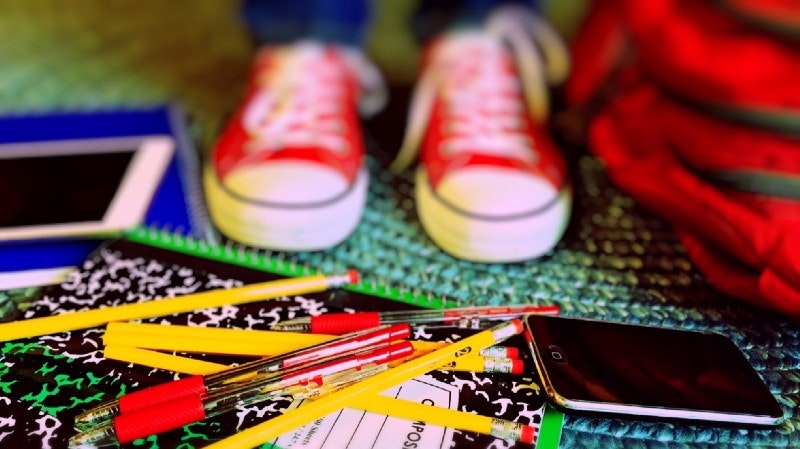
Feb 16, 2017
Facilitate student progress with these 5 easy tips to help you create an effective learning environment for your tutoring sessions.
Whether you’re a tutor that sees your student multiple times each week or just for a single session, you’ll want to make sure that you’ve created the most effective learning environment possible. An intimate academic setting doesn’t have to be dull. In fact, incorporating jokes and making sessions fun can be key to sustaining your students’ attention. We’ve narrowed down five ways tutors can create a positive setting to maximize student learning during each session.
Physical organization of lesson materials and visual aids set the stage for your tutoring sessions. Engage students with a clean desk or working area and bring your favorite supplies (neon Post-its and tri-color highlighters? Bring it on!). It doesn’t require a classroom to make a working space authentically you. That authenticity builds rapport with students and so they know when it’s time to focus.
Let there be no lull in your session! Time is limited, so make sure you’ve scheduled in activities for your students while you are getting set up for your session or grading their work. Moreover, students are better equipped to perform once they know the tutor’s expectations and how time will be spent during a lesson. Send students the schedule ahead of time and keep that agenda on the desk throughout your session to assist with accountability and pacing.
Getting familiar with your students’ character is just as important as learning their academic strengths and weaknesses. Are they visual, kinesthetic or auditory learners? Are they motivated by their future aspirations or immediate rewards like a praise? After taking inventory, try to build in at least three moments in every lesson that incorporate their specific style. For example, if your student is an auditory learner, record part of the session so they can reference it as a tool when studying solo or during your next lesson.
As cliché as it sounds, learning never stops. As a tutor, you’ll want to ensure that your students feel that, too. Any mistake made is simply an opportunity to try something new that will get you to the correct answer. So, if you’ve got it wrong the fifth time, there’s a sixth way to try to approach it. Praise specific actions that showcase your students’ willingness to grow such as increased effort, asking questions about their answers, and applications of your feedback. Making students comfortable enough to asking questions in their tutoring sessions will translate so they won’t be as anxious to speak up in the classroom.
Set goals with your student. We’ve all been at the age where it feels like all adults around us are constantly dictating the “correct” way. As much as the parent needs to know the results of your session, students will thrive when they know they’re that much closer to achieving their goals. After goal setting, review their progress with them at the end of every tutoring session.
Now that you have the tools to create an effective learning environment, let Clark help you with the rest. Our app release is right around the corner and it’s not too late to reserve your spot in line. Sign up today.
